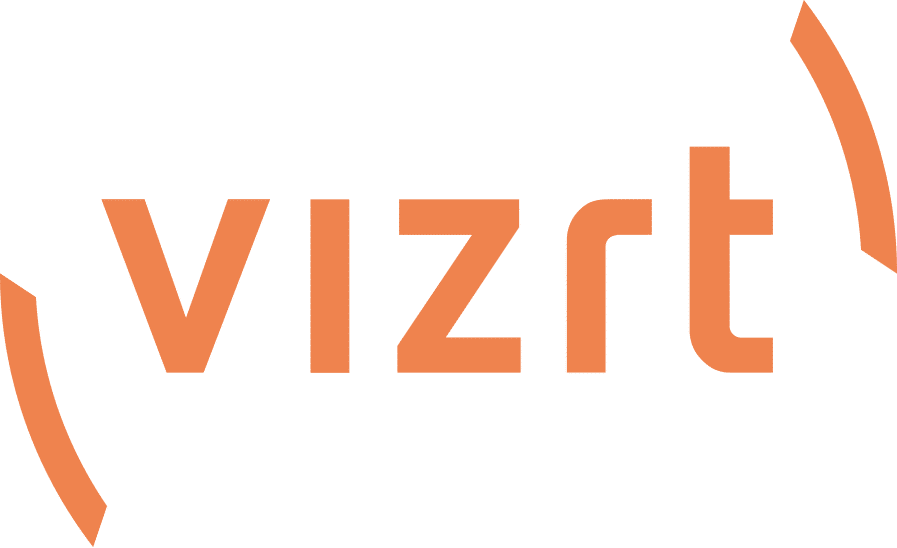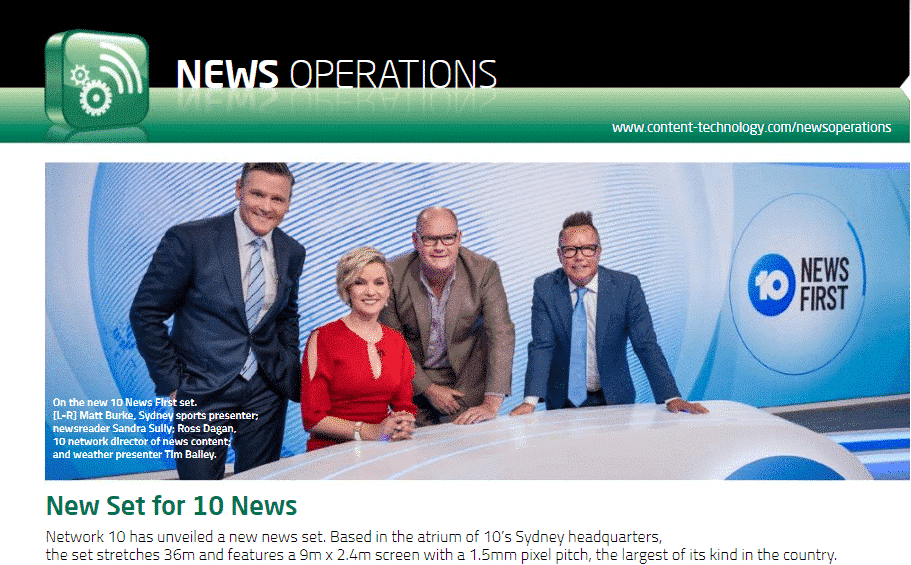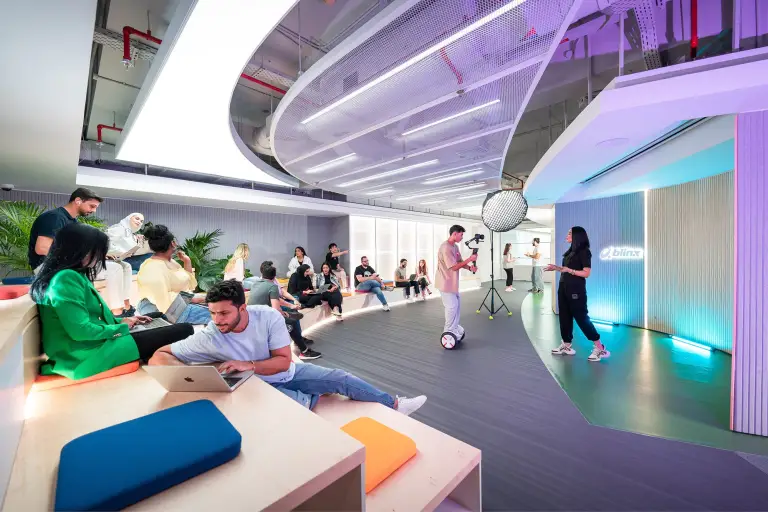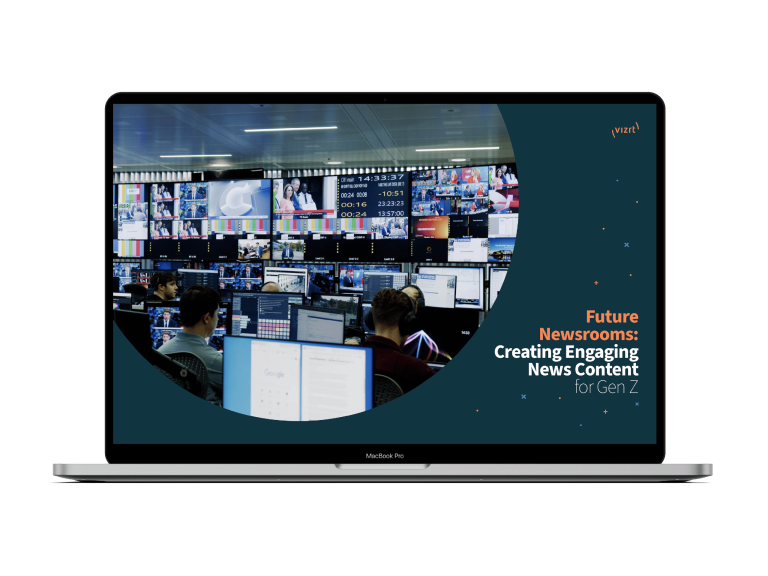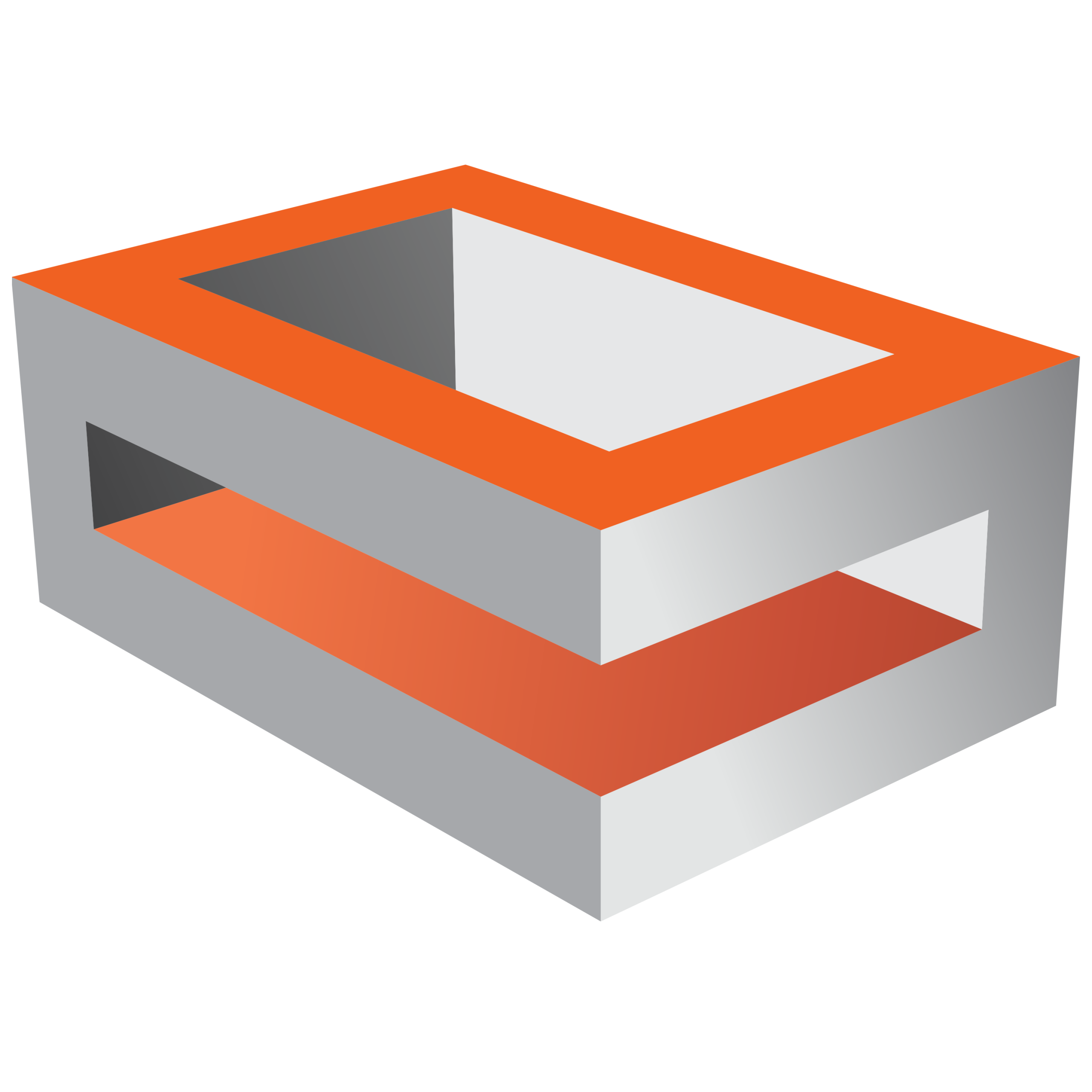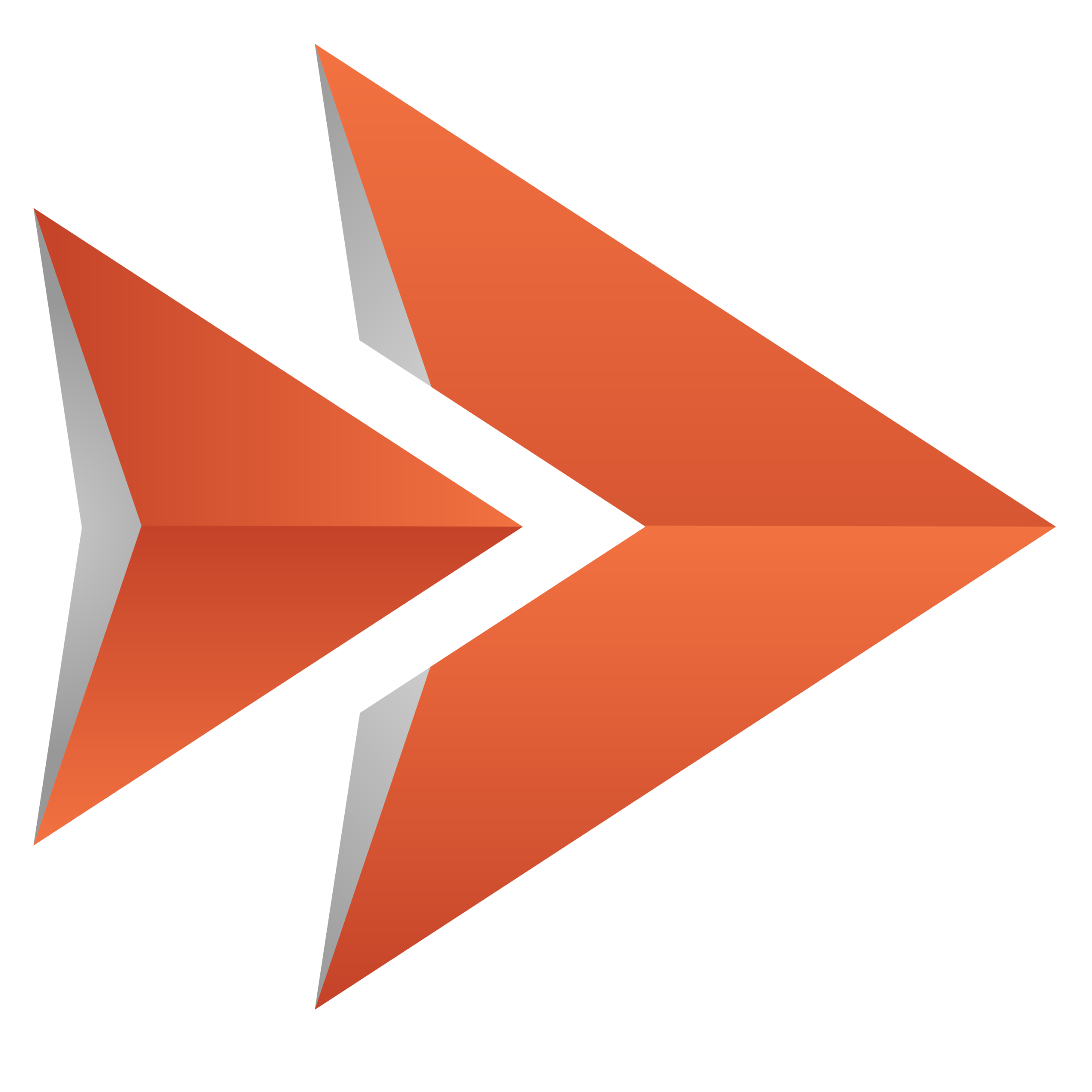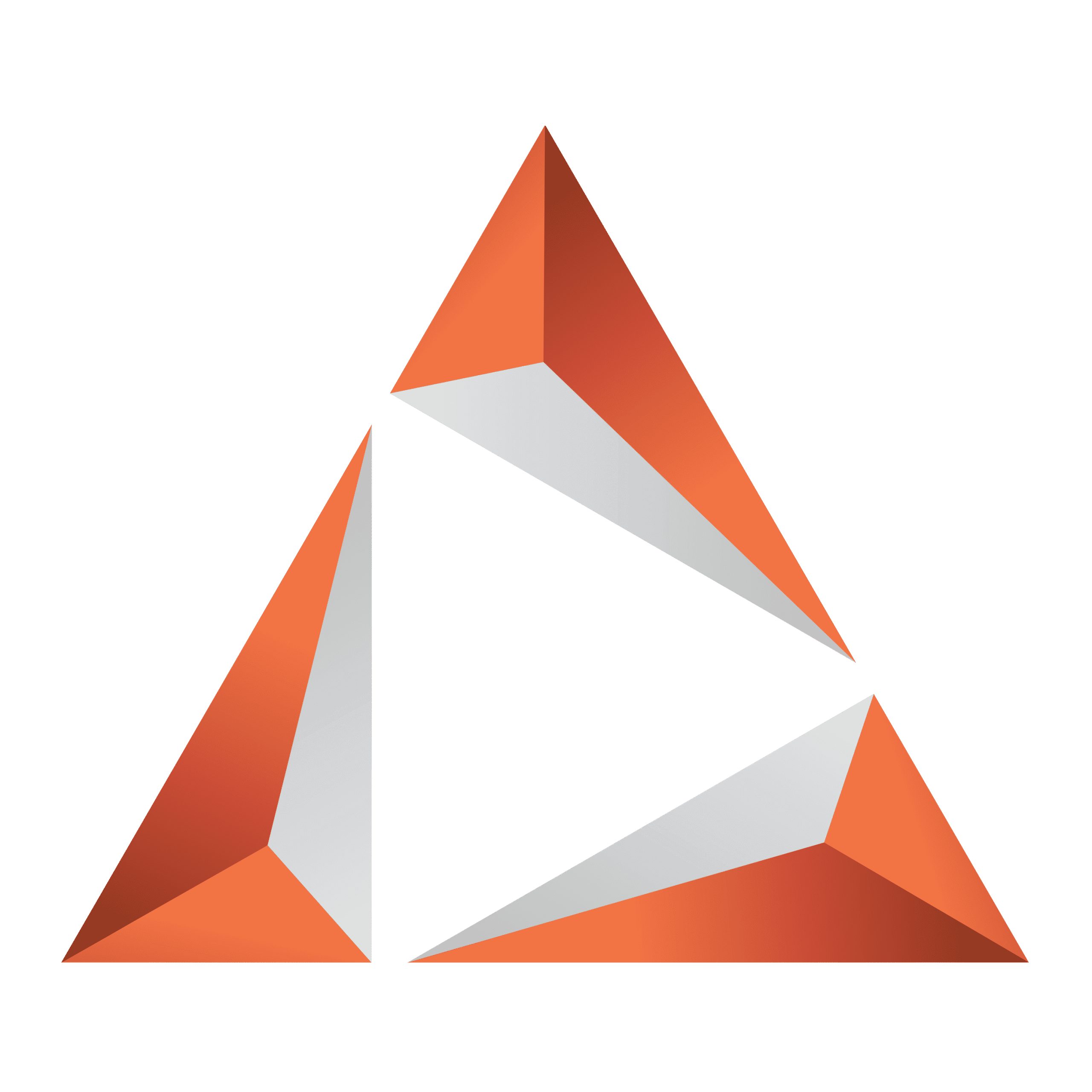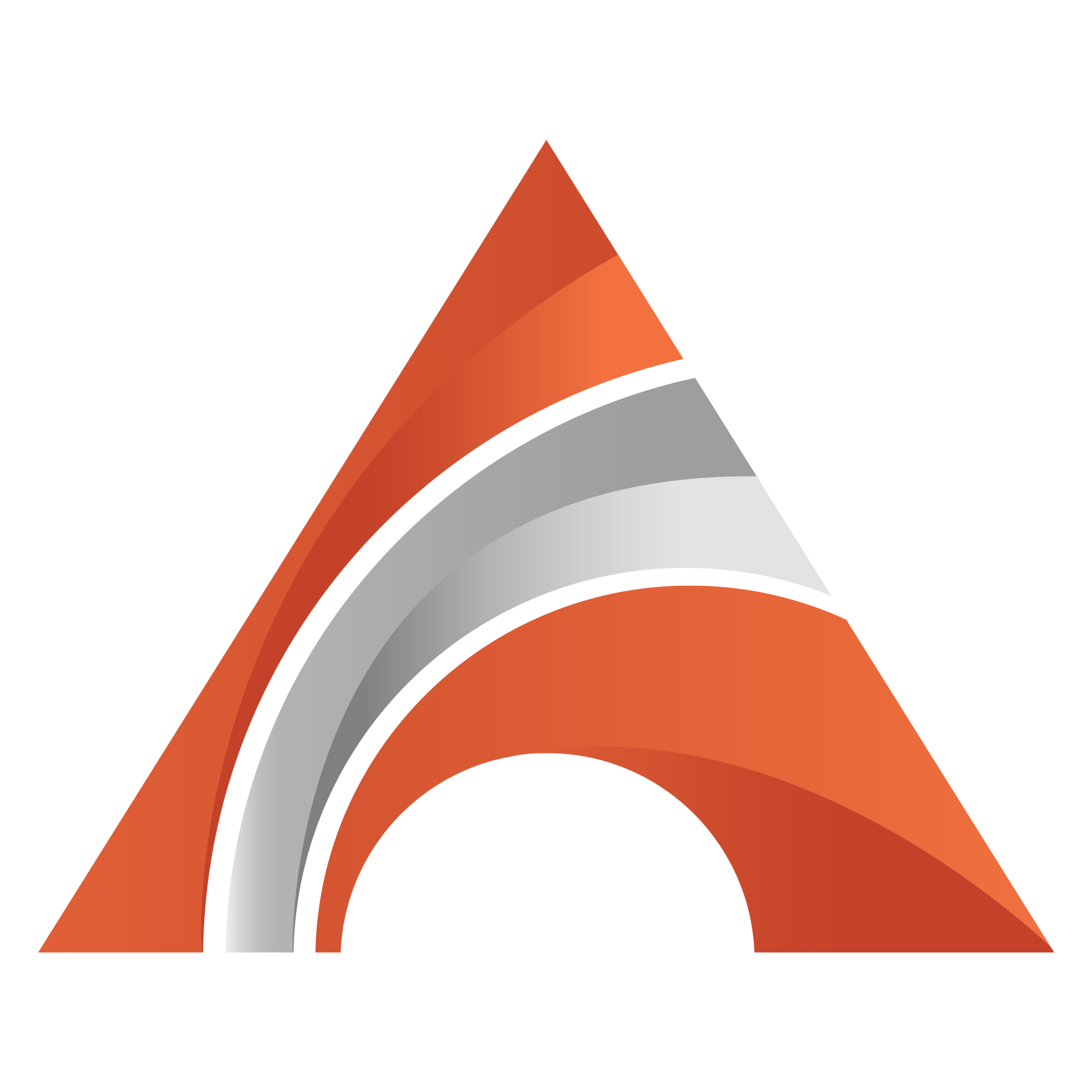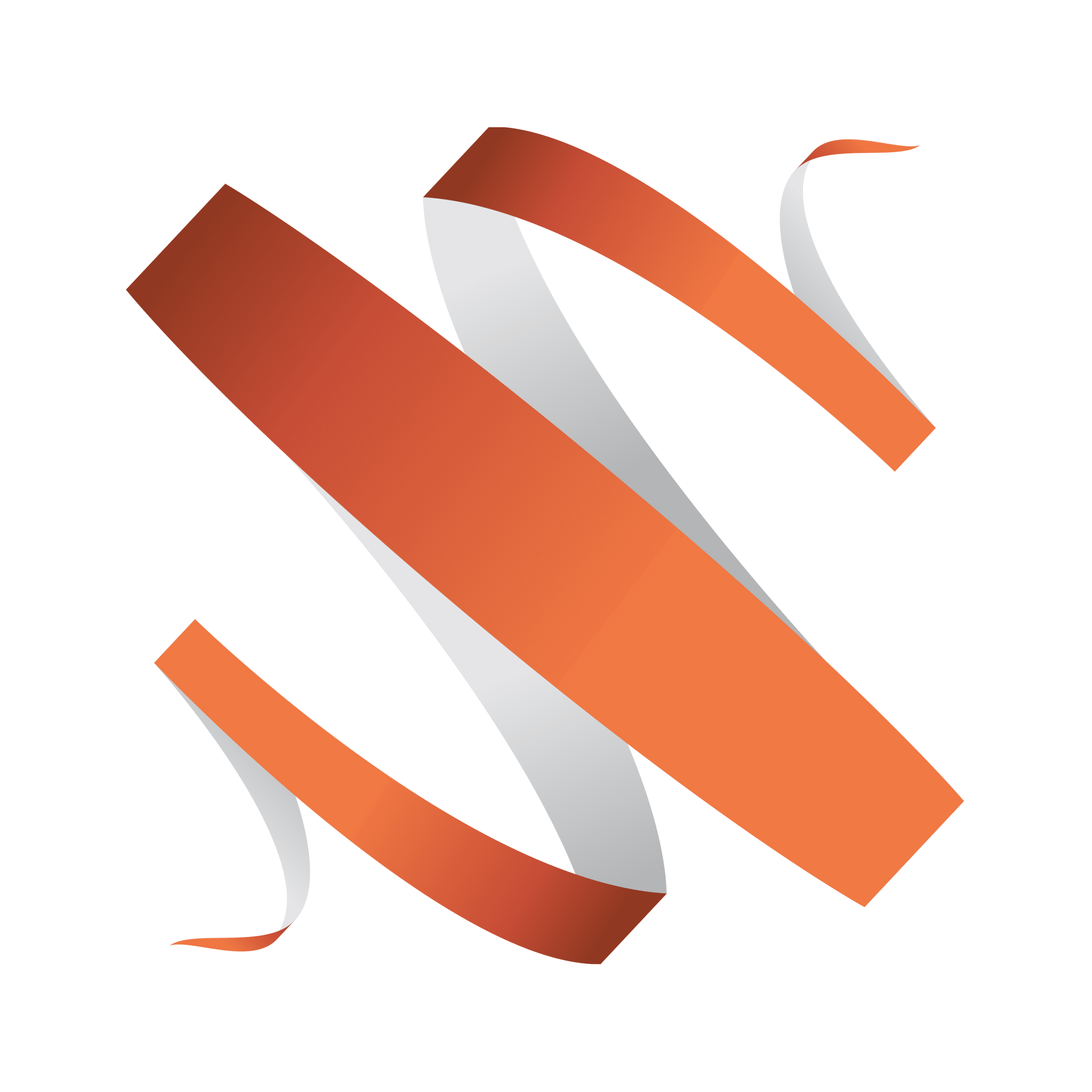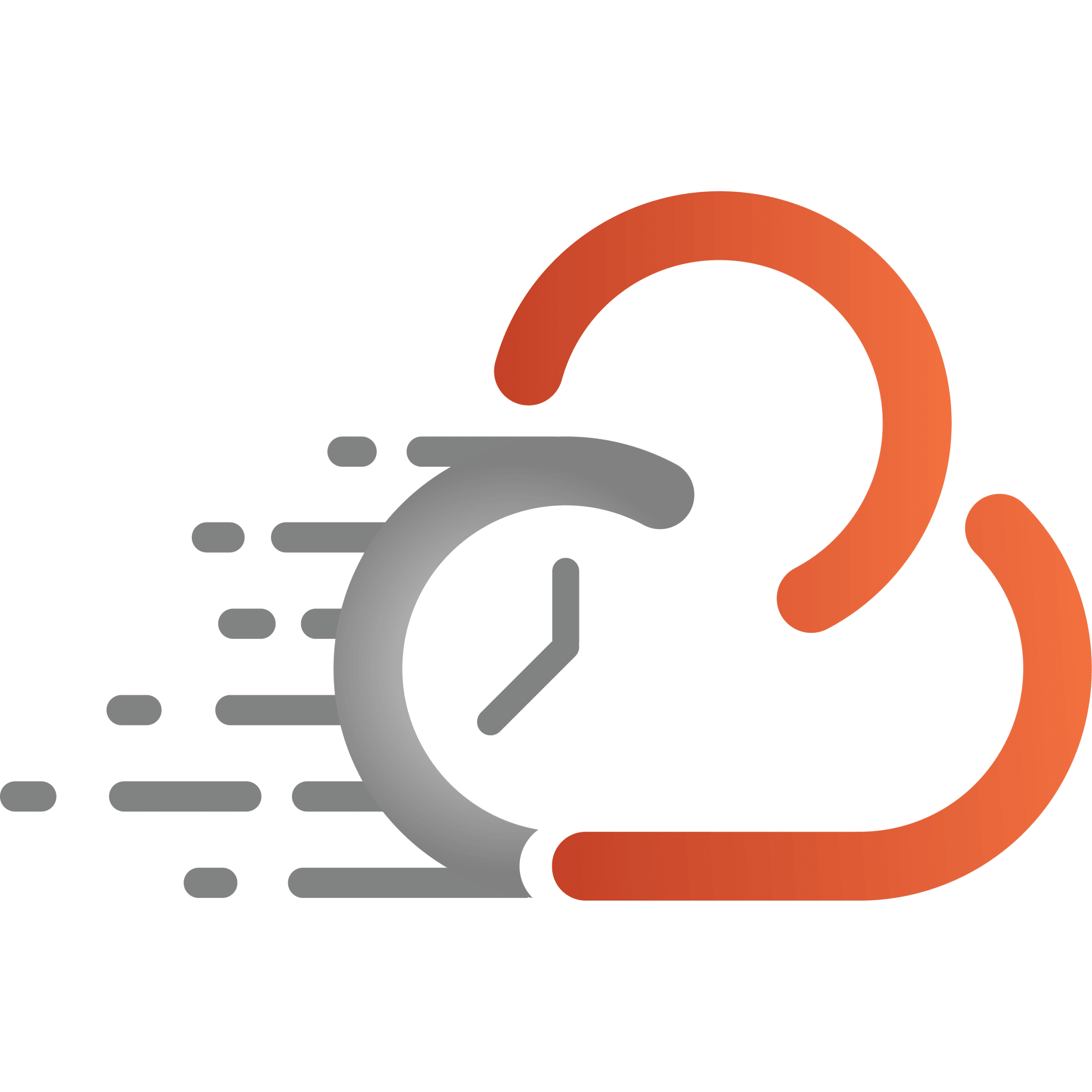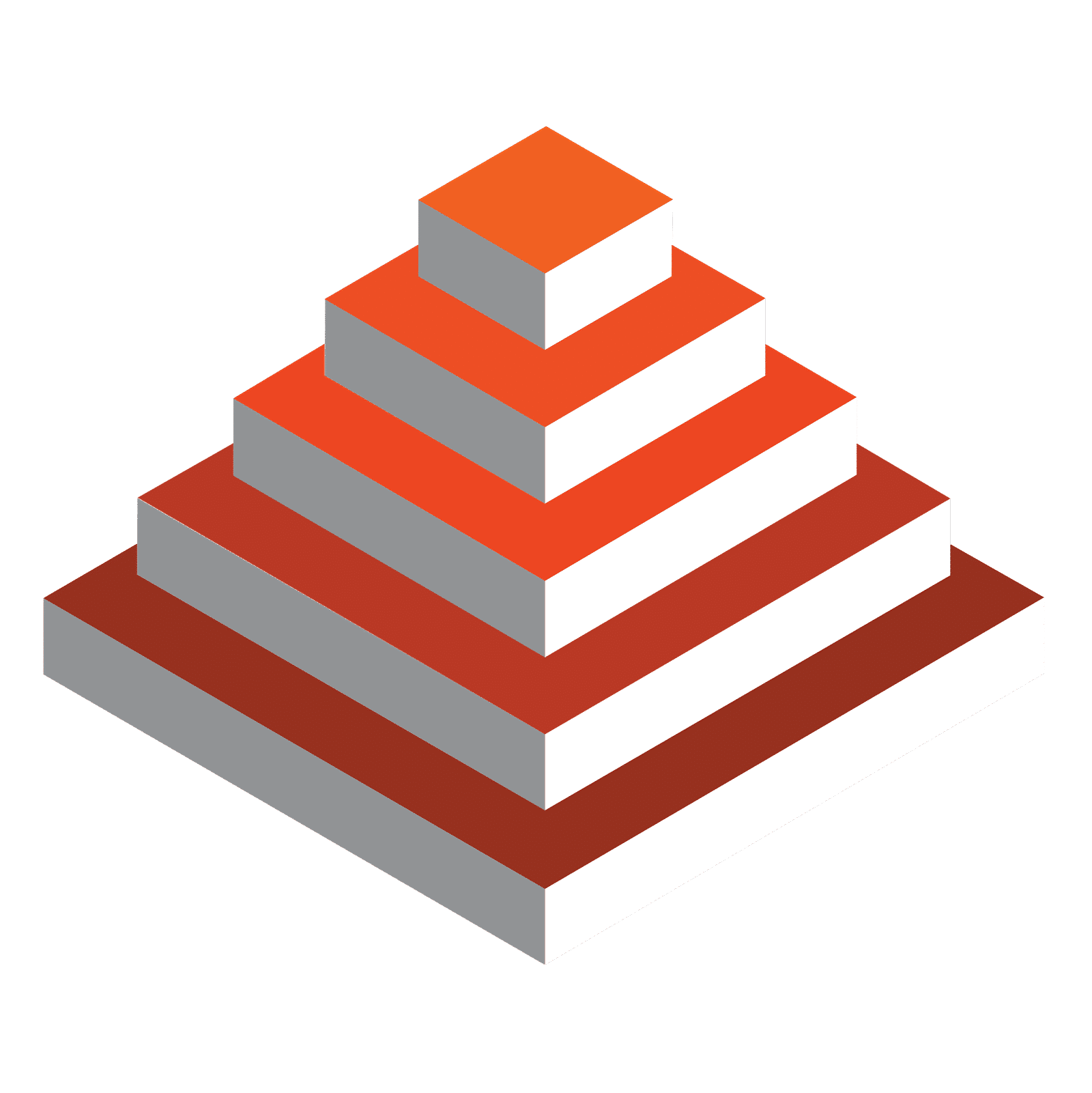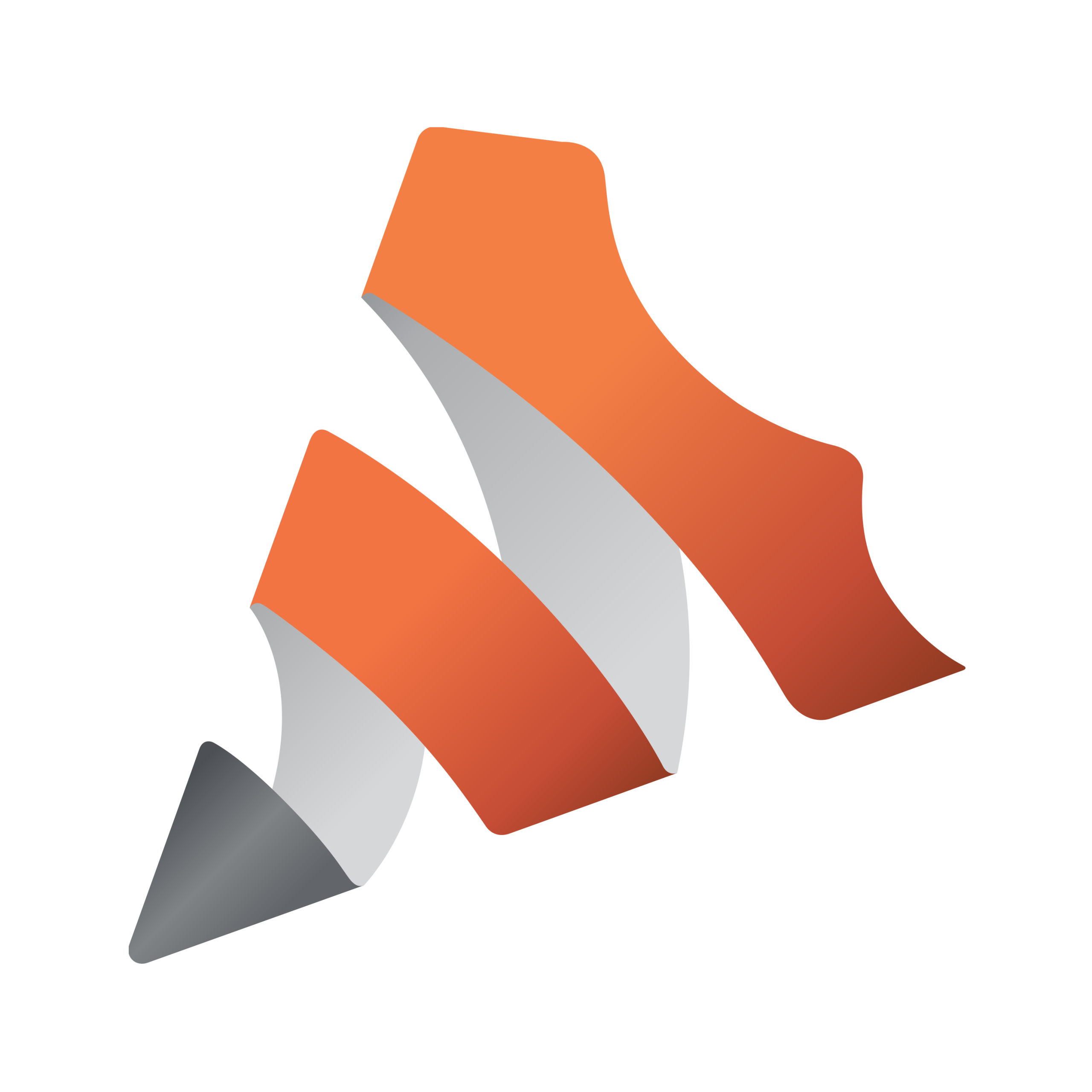Article originally published in Content + Technology ANZ magazine.
The new set will be home to 10 News First, Studio 10 and Sports Tonight and used by other 10 assets such as The Loop, RPM and 10 Daily.
Network 10’s director of news content Ross Dagan said, “Delivering first-class news, information and discussion to audiences when and how they want it continues to be our most important focus. Our newset gives us the tools to do that in far more dynamic and contemporary ways.
“We have some of the best journalists, presenters and graphic designers here at 10. Now, coupled with our new news set, we can connect and engage with audiences more directly than ever before. From sitting behind a desk, to a couch discussion, to a panel setting to a stand-up introduction, the new set is flexible. We are able to instantly transform program segments and can deliver news and information in any scenario easily, depending on the need and topic.
“With the biggest news LED screen of this resolution, we’re also able to present higher-impact visuals and graphics to better tell the stories audiences care about.”
The set’s perimeter also includes five visual stripes, including a high-resolution ticker-type screen that can be fed with pictures and graphics to instantly change the theme or pass on breaking news information.
The new news set follows the re-brand of 10’s evening news program from Ten Eyewitness News to 10 News First, and the appointment of key journalists into key roles including Kerri-Anne Kennerley as Studio 10 presenter, Peter van Onselen as network political editor, Hugh Riminton as national affairs editor and Chris Bath as weekend news presenter.
Mr Dagan continued, “We’ve had some incredible momentum with our news assets over the last few months, which is really encouraging. The new set is an important milestone in our long-term strategy and I’m really excited to be part of a team changing the way we deliver news and information to audiences.”
The new set was designed in partnership with the 10’s graphics team, led by David Bernstein and The Exposure Group’s Vi Hermens.
The software driving the screens is Vizrt’s Multiplay, a solution which allows users to push content to one, or more, video walls. Content can include video clips, live sources, or Vizrt generated graphics. According to Vizrt Regional Sales Manager, Jonathan Watson, the use of Multiplay fits into “the three-leggedstool project”.
“What that means is,” he says, “Channel 10 was already a customer for our Viz Pilot newsroom graphics system, and this is the template newsroom system that allows journalists to enter in content through the template, through their Active X, through the newsroom system and push it to a rundown, and Channel 10 was already a customer with our Viz Mosart, which is the automation solution which takes the content and the rundowns and drives in their system. It just so happens that the Viz Multiplay fits in quite nicely in that workflow, and that’s what we presented to them as the bigger picture, the bigger solution for their needs.
“It’s very easy to get technology out there that can get graphics onto a video wall or multiple video walls through a multiplex or matrixes, or whatever you want to use, but to have a solution like Viz Multiplay that fits in with existing Vizrt workflows is one of the reasons they were very, very keen.”
The use of Viz Multiplay also enables Network 10 to instantly reconfigure the news set for particular segments, as well as other programmes.
“The branding of that set can be changed at the flip of a switch in moments,” says Watson. “So, really, the creativity is back with the designer to start having multiple show brands ready to play out and work with these video wall technologies and, at the same time, still interact with the existing workflows of the Viz Pilot newsroom system, the Viz Mosart, and even a little bit of the Viz One clip elements.
“One of the great ideas about video walls overall is that, depending on the scale and what you want to do with it, most of your show branding can be on the video walls and you can switch from, say, a magazine show to a news show quite easily. You can even start sub-segmenting for different blocks. For a breaking news situation, you could hit a trigger and all the graphics flip to a very energetic red breaking news situation and the whole set becomes a breaking news set, or to a sports set, and the branding is all being rendered in real time on the video walls.”
Following the Sydney roll-out, Network 10 plans to also rebuild its news sets in Melbourne, Brisbane, Adelaide and Perth to reflect the design of the new Sydney set.
Article originally published in Content + Technology ANZ magazine.
